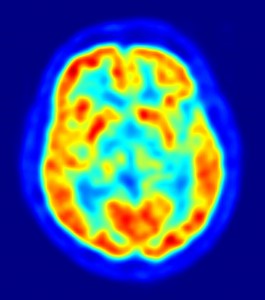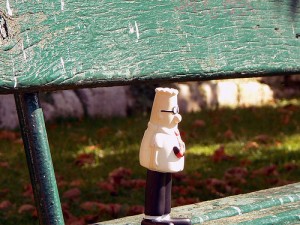 The Italian press recently had a field day in its coverage of the sad decline of one of Italy’s greatest tourist draws: Pompeii. In early October, a prominent Italian newspaper ran a front-page editorial on the subject, calling the crumbling Roman ruins a “symbol of all the sloppiness and inefficiencies of a country that has lost its good sense.” Soon after, Italian politicians leaped into the fray, taking aim at the deep cuts that Silvio Berlusconi’s government has made in cultural funding since 2007.
The Italian press recently had a field day in its coverage of the sad decline of one of Italy’s greatest tourist draws: Pompeii. In early October, a prominent Italian newspaper ran a front-page editorial on the subject, calling the crumbling Roman ruins a “symbol of all the sloppiness and inefficiencies of a country that has lost its good sense.” Soon after, Italian politicians leaped into the fray, taking aim at the deep cuts that Silvio Berlusconi’s government has made in cultural funding since 2007.
Such cutbacks are certainly not helping Pompeii. Its grand villas and delicate frescoes require almost constant maintenance and restoration–a very expensive proposition. And there are a lot of them to maintain. But I keep thinking about a conversation I had with a prominent archaeologist over lunch at Pompeii a few years ago, when he brought up the problem of awarding contracts for such work in a region long controlled by the Camorra, a powerful, secretive criminal organization based in nearby Naples.






 This is the story of Massachusetts General Hospital case #31-2010: a 29-year-old woman whom I’ll call Melissa.
This is the story of Massachusetts General Hospital case #31-2010: a 29-year-old woman whom I’ll call Melissa.